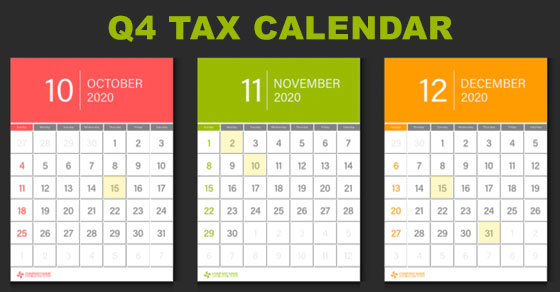
The more your business minimizes its tax liability, the better your bottom line. So, let’s look at some things you may be able to do between now and year-end to possibly lower your tax bill in April.
OPTIMIZE DEDUCTIONS AND CREDITS
The more deductions you claim, the lower your taxable income and taxes. The IRS makes several rules available to businesses to accelerate deductions. Use the Sec. 461 recurring items exception to accelerate deductions of certain liabilities, such as warranty costs, rebates, product returns, state income tax, and real and personal property taxes, into 2023. You also may be able to move more deductions to this year by paying annual business expenditures — insurance premiums and software maintenance, for instance — before year-end.
BUSINESS PROPERTY
Plan to purchase business property in the near future? Don’t wait. The IRS’s Section 179 rule lets you take advantage of special depreciation provisions for qualifying business property and equipment purchased before year-end. This year, businesses can deduct the full cost of qualified property and equipment, up to $1,160,000. Restrictions may apply.
Take advantage of the General Business Credit and any other tax credits your business qualifies for. Deductions offset taxable income. Credits apply dollar for dollar against taxes.
RIGHT COVID SETBACKS
If the business slowdown saddled you with bad business debts, know you may be able to write them off wholly or partially this year. Complete write-off requires you to prove the debt became wholly uncollectible by year-end.
NET OPERATING LOSSES
Also, take advantage of any net operating losses (NOLs) from Covid years. The IRS Net Operating Loss (NOL) provision allows businesses suffering losses in one year to carry forward those losses and deduct them from future years’ profits. NOLs may be used to offset up to 80% of current-year profits.
Be aware that these are only a few tax-reducing strategies that may be available to you and that they should be pursued only with the advice of your professional tax advisor.










